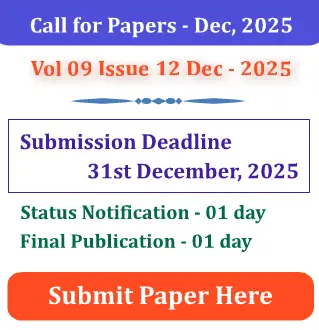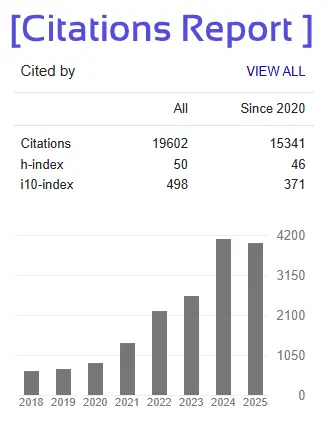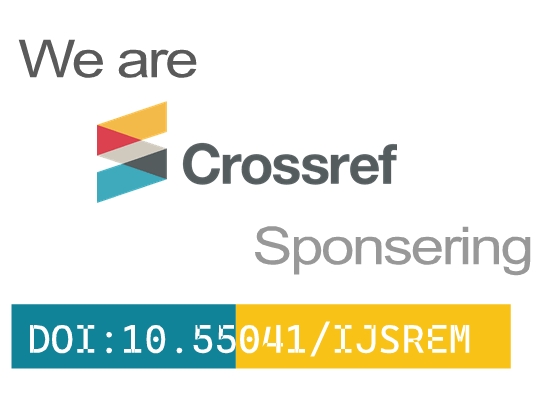- Version
- Download 38
- File Size 505.60 KB
- File Count 1
- Create Date 08/08/2025
- Last Updated 08/08/2025
A Comprehensive Review on Few-Shot Hindi Handwritten Text Recognition using Deep Learning Architectures
MD Tahseen Equbal1, Prof. Sarwesh Site 2
1 M.Tech Student, Department of Computer Science and Engineering
All Saints College of Technology, Bhopal, India
Affiliated to Rajiv Gandhi Proudyogiki Vishwavidyalaya (RGPV)
mdtahseen278@gmail.com
2 Associate Professor, Department of Computer Science and Engineering
All Saints College of Technology, Bhopal, India
Affiliated to Rajiv Gandhi Proudyogiki Vishwavidyalaya (RGPV)
er.sarwesh@gmail.com
Abstract - Few-Shot Learning (FSL) has emerged as a powerful paradigm in the field of machine learning, particularly in scenarios where data availability is extremely limited. It enables models to generalize effectively from a very small number of training examples, making it an ideal solution for low-resource tasks. One such challenging application is Hindi Handwritten Text Recognition (HTR), which is inherently complex due to the rich morphological structure of the Devanagari script, a wide variety of individual writing styles, and the scarcity of large, annotated datasets. This paper provides a comprehensive review of existing methodologies and recent advancements in the field of Few-Shot HTR, with a focused lens on the Hindi language.
The review systematically evaluates a range of deep learning-based architectures that have been proposed for Few-Shot HTR, particularly emphasizing the efficacy of convolutional neural networks (CNNs) combined with Transformer-based models. These CNN-Transformer hybrid models have demonstrated superior performance by effectively capturing both local features and global contextual dependencies in handwritten character sequences. Additionally, the application of transfer learning from related tasks or domains has shown to mitigate the data scarcity problem to some extent, improving generalization in novel Hindi handwriting samples.
However, despite these promising results, certain gaps in the current research landscape remain unexplored. Notably, the implementation of gradient-based meta-learning algorithms, such as Model-Agnostic Meta-Learning (MAML), has yet to be investigated for Few-Shot Hindi HTR. MAML and similar techniques are designed to provide rapid adaptability to new tasks using minimal data, which aligns perfectly with the goals of Few-Shot learning in low-resource scripts. Their potential to fine-tune base learners on a handful of examples could offer substantial improvements in recognition accuracy for Hindi script, especially in real-world applications such as postal automation, historical document digitization, and mobile handwriting input.
In this review, we highlight this critical research gap and advocate for future exploration into the integration of meta-learning strategies with CNN-Transformer frameworks to address the unique challenges posed by Few-Shot Hindi HTR. We also outline the limitations of current datasets and suggest potential directions for dataset expansion and synthetic data generation to further support the advancement of this field.
Key Words: Few-Shot Learning, Hindi Handwritten Text Recognition, Devanagari Script, CNN-Transformer, Transfer Learning, Model-Agnostic Meta-Learning (MAML), Gradient-Based Meta-Learning, Deep Learning, Low-Resource NLP, Handwriting Recognition







